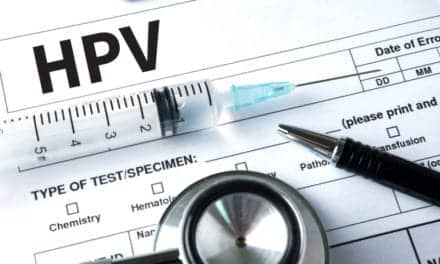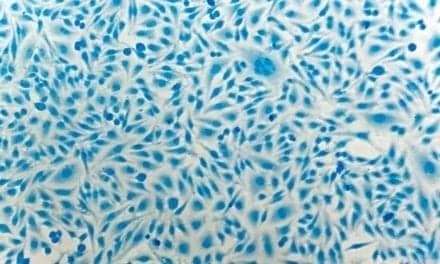Enzo Biochem, Inc., a biosciences and diagnostics company, has launched the AMPIVIEW line, an RNA gene expression platform powered by Enzo’s LoopRNA in situ hybridization or ISH technology. The AMPIVIEW platform with its first products for HPV detection and analysis significantly expands Enzo’s position in the oncology market and paves the way for expansion into the growing spatial biology space.
Enzo’s AMPIVIEW RNA products combine the precision of targeted, sequence-specific probes with the superior sensitivity of its novel LoopRNA ISH technology. This design enables sensitive and specific detection of target genes in tissue or cell samples while preserving the morphology. The study of single cells within their native tissue environment, known as spatial biology, helps scientists better characterize and understand disease.
HPV testing is part of Enzo’s focus on women’s health and oncology and leverages the company’s long history in HPV detection while complementing the existing offering of Enzo’s POLYVIEW immunohistochemistry (IHC) and PATHO-GENE in situ hybridization or ISH technology detection platforms, an enhanced diagnostic detection system used by pathologists in reading tissue biopsies. Applying AMPIVIEW visualization technology to HPV analysis is a logical extension of Enzo’s already broad portfolio of tissue analysis assays and reagents, according to the company.
According to the World Health Organization (WHO), more than 95% of cervical cancers, the fourth most frequent cancer in women, are caused by HPV. In HPV testing, detecting the spatial localization of active HPV in tumor cells is critical in assessing its clinical significance, and the AMPIVIEW HPV RNA probes make this possible.
“Our outstanding team of scientists at Enzo developed the new LoopRNA ISH technology with clinical pathology in mind,” says Hamid Erfanian, CEO. “The AMPIVIEW RNA platform is flexible and adaptable, with established manual or automated workflows. This product will support the advancement of drug discovery and development and help close the spatial biology gap in clinical pathology.”





